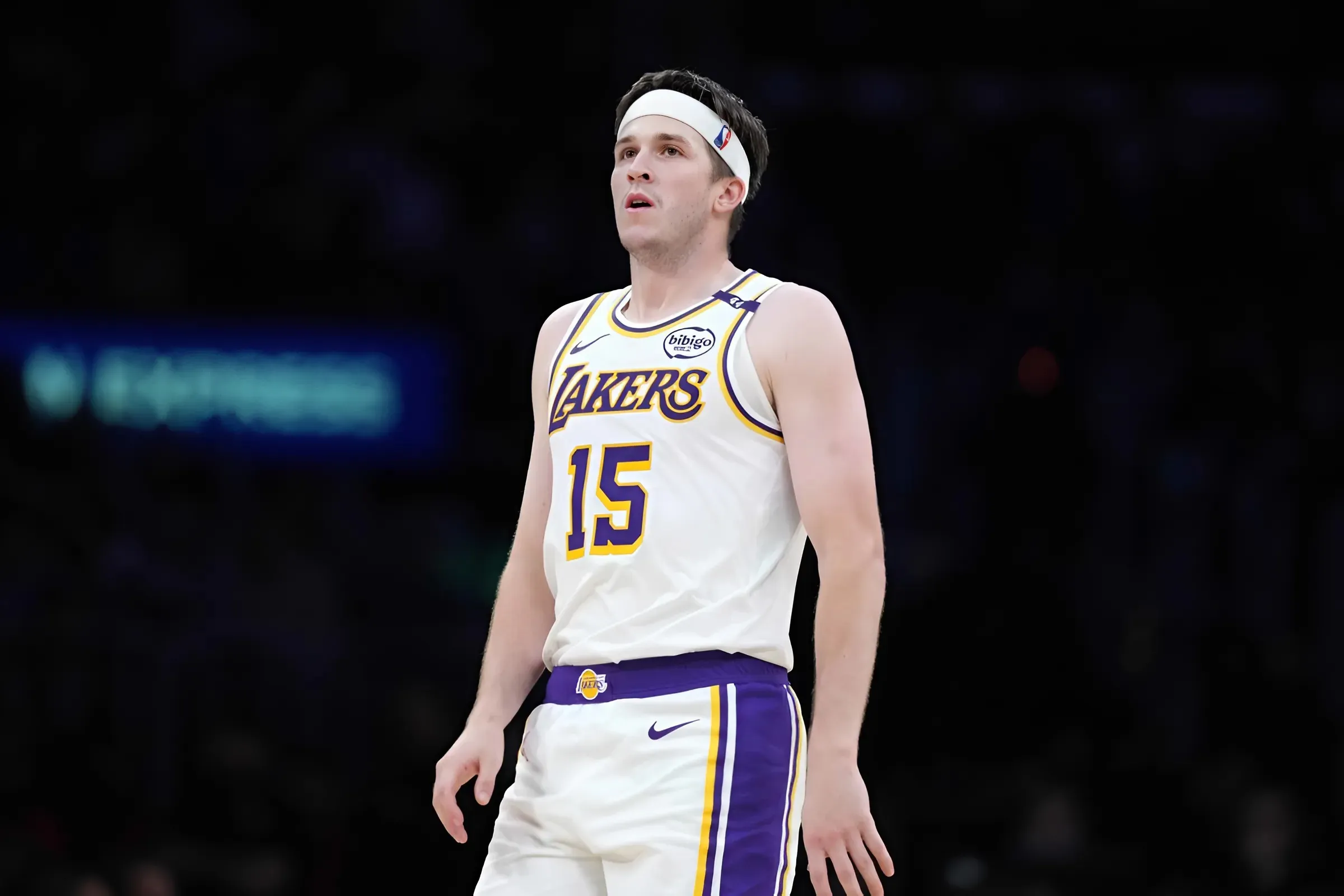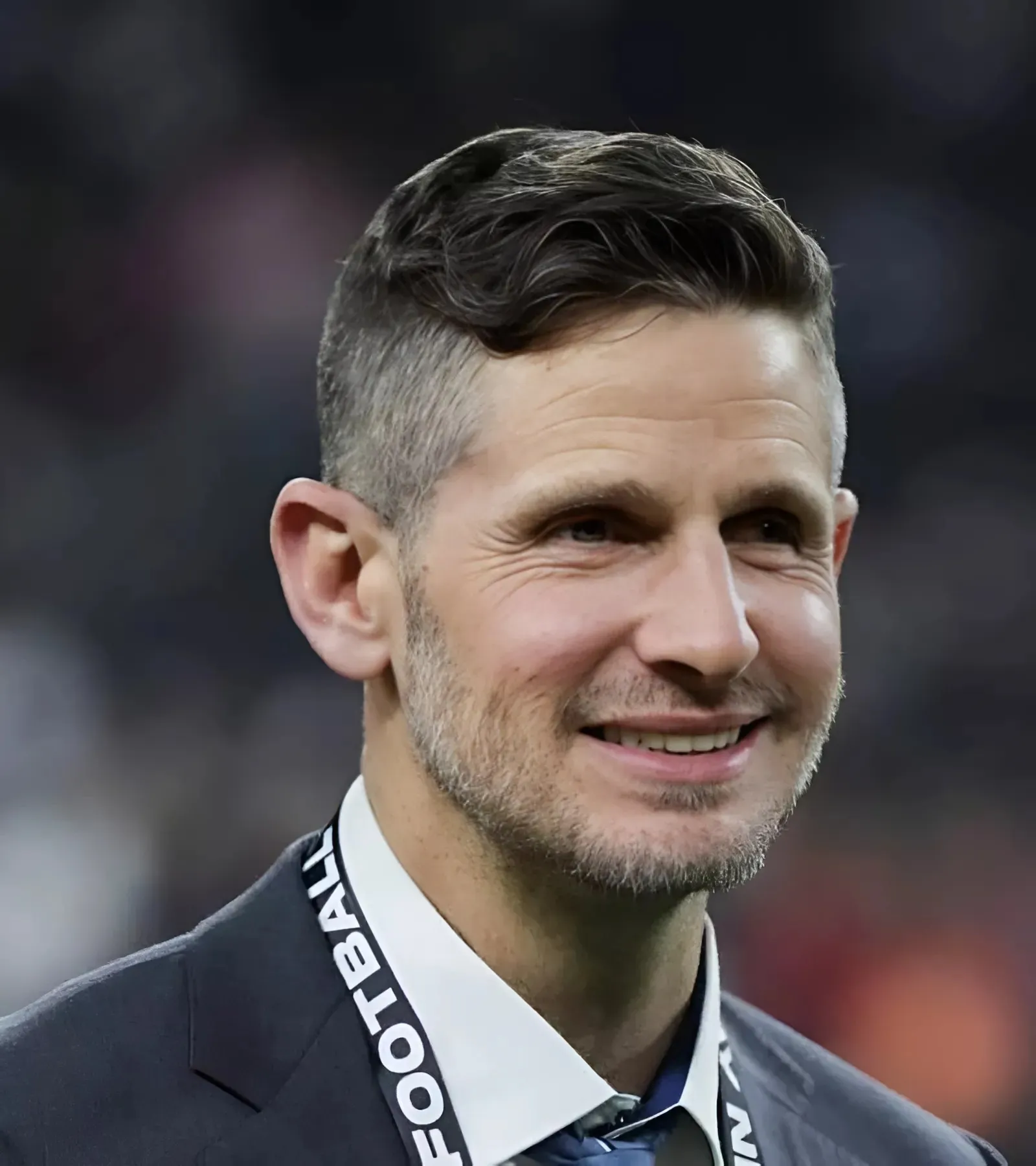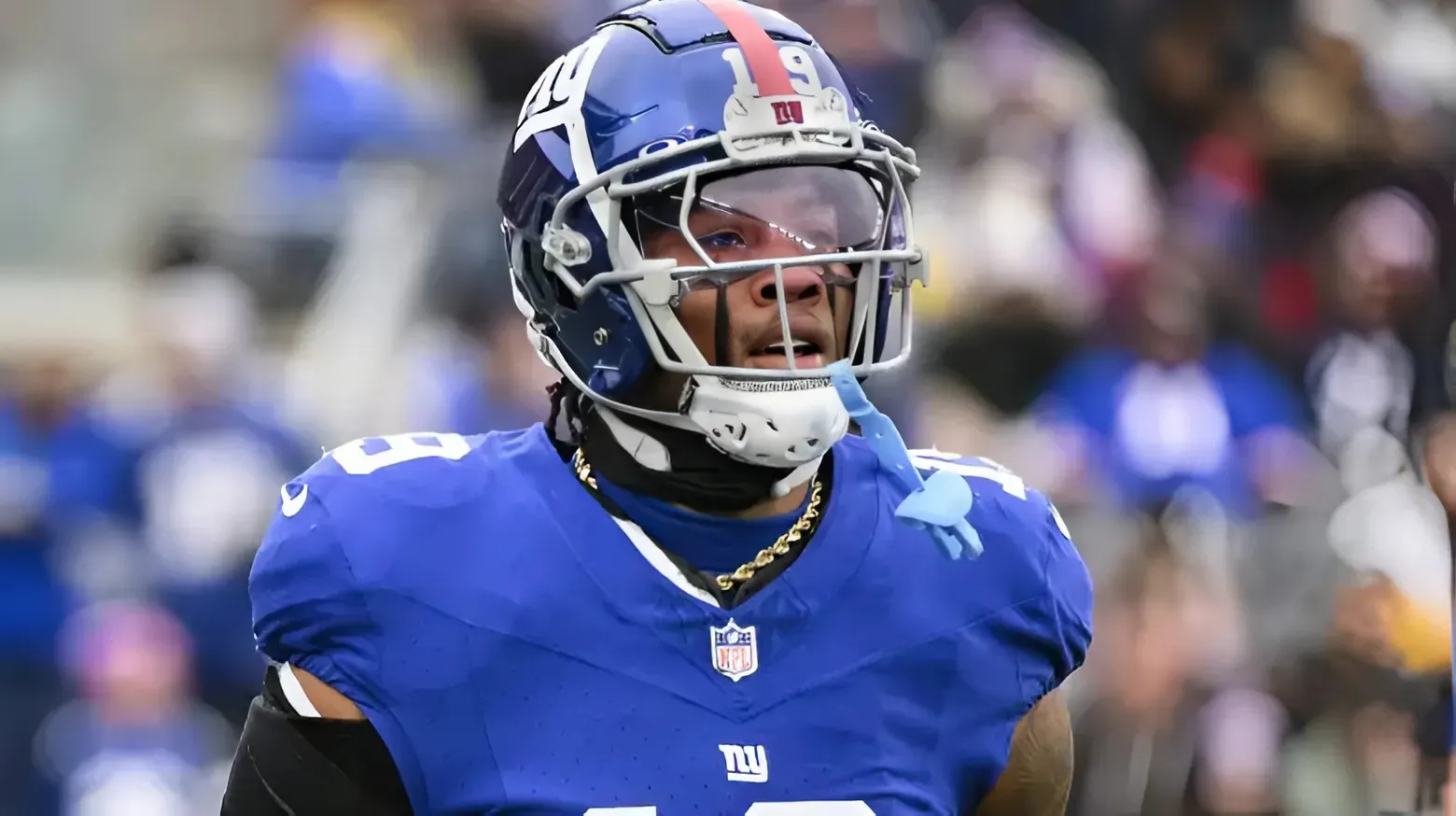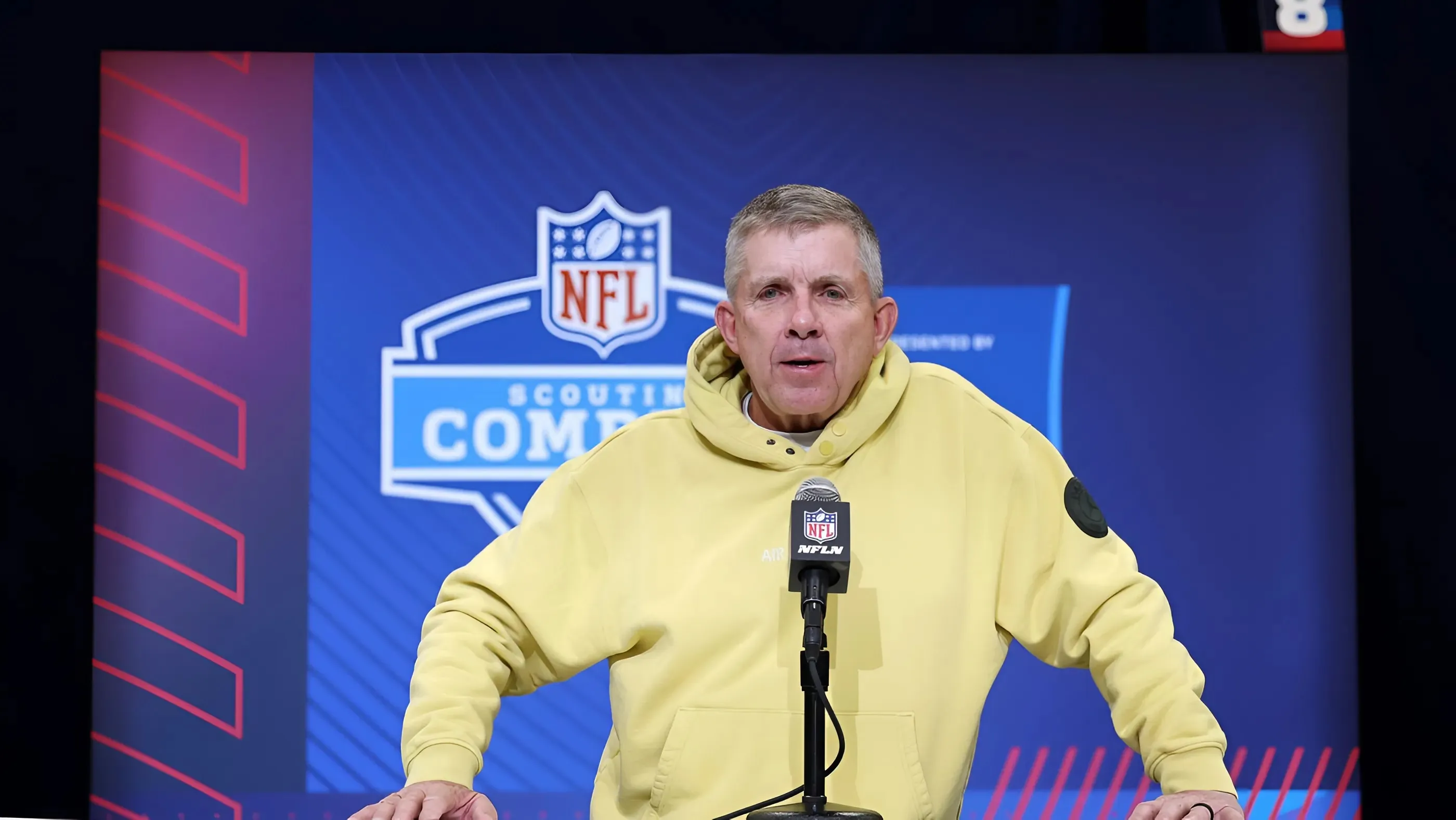John Schneider came to the Seattle Seahawks in 2010 as general manager and eventually became executive vice president. It was his second stint in the Great Northwest. He had served as director of player personnel for one year in 2000. Most of the in-between time was spent in Green Bay, where he was instrumental in helping build the Packers’ last Super Bowl champion in 2010.
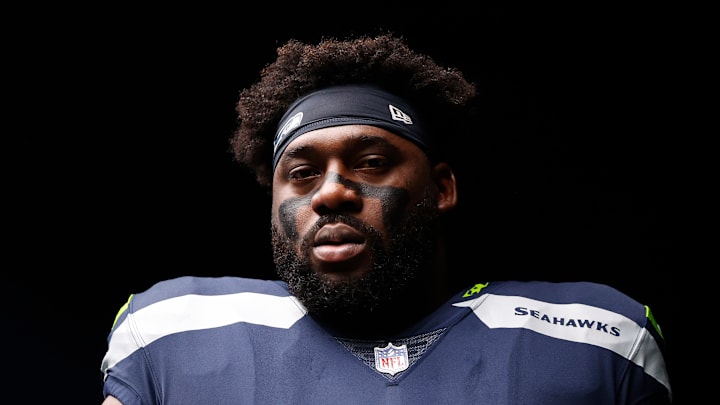
Schneider was involved in the drafts that landed Jordy Nelson, Greg Jennings, Clay Matthews, A.J. Hawk, T.J. Lang, Josh Sitton, B.J. Raji, and a quarterback who kept slipping in the first round in 2005. His name was Rodgers.
Since coming to Seattle, Schneider has overseen fifteen drafts. At that time, he had made 12 first-round sections. Seattle did not have a first-round pick in five of those years. In two of them, they had two picks in Round One. Let’s do a quick rundown of those first-rounders.
Re-grading the Seattle Seahawks' first-round picks in the John Schneider era
We’ll assign a grade based on overall production and focus mainly on the player’s contributions as a Seahawk, not on what they may have accomplished for other franchises. We will also briefly take into account missed opportunities.
If Schneider had a better player available, the selection might have been downgraded, but not very much. You can always nitpick and find a player drafted after your guy who went on to have a better career.
For instance, if you’ll allow me to shift sports for a moment, you can’t really downgrade the Houston Rockets’ selection of Hakeem Olajuwon in the 1984 NBA draft just because they passed on Michael Jordan. Olajuwon was an all-time great champion. However, nail the Portland Trailblazers to the wall for then taking Sam Bowie while Jordan (and several other future Hall of Famers) were still on the board.
That’s how we’ll grade Schneider’s picks: 95 percent based on how the player performed for the Hawks, and five percent for everything else. So, let's begin way back in 2010.
2010: Russell Okung, Offensive tackle (Sixth overall pick)
After his all-American career at Oklahoma State, Okung was considered a can’t-miss prospect. When he was able to play, he came pretty close to living up to that standard. The problem was that he struggled to stay healthy.
When he was on the field, as he was for much of the 2012 season, Okung was a beast. It was his only Pro Bowl season with Seattle. The following year, he was hurt again, but he did help the Seahawks to their only Super Bowl championship.
Okung played six seasons in a Seahawks uniform and started 72 games. When he played, he was an A performer. Since he only played in three-quarters of his possible games, we’ll give him 75 percent of an A.
Grade: B+
2010: Earl Thomas, Safety (14th overall)
I don’t need to spend much time on this, do I? In 2009, Denver wanted defensive back Alphonso Smith. Seattle obliged by trading their second-round pick for Denver's 2010 first-rounder. Schneider wasn’t around to make that deal, but he took advantage of it, choosing one of the greatest players in franchise history.
Thomas started every game for his first six seasons and was an All-Pro in five of his nine seasons with Seattle. He was a core Legion of Boom member and is likely to be enshrined in Canton one day.
Alphonso Smith played one season in Denver and a few more in Detroit.
Grade: A+
2011: James Carpenter, Guard (25th overall)
Like Russell Okung, Carpenter’s tenure in Seattle was marred by injury. Unlike Okung, he was essentially a steady, unspectacular performer when he played. The Alabama alum played in 45 games for Seattle over four seasons before making stops with the Jets and Falcons.
Seattle did not pick up his rookie option, which is a sign that a first-rounder has not worked out. Carpenter was serviceable, but considering that Rodney Hudson, a Pro Bowl guard, went thirty picks later, He was a bit of a disappointment.
Grade: C
2012: Bruce Irvin, Linebacker (15th overall)
Irvin played on seven teams through his long career. He was a member of the Seahawks on three separate occasions. That speaks to a player good enough to draw interest but not good enough to become a fixture anywhere. His career numbers weren’t bad, but for the 15th overall pick, Irvin never quite lived up to his pedigree.
That is especially true when considering that two other outstanding edge rushers – Melvin Ingram and Chandler Jones – were selected within the next six picks after Irvin. Irvin was a fan favorite during much of his time in Seattle, but his actual production never measured up to his rep.
Grade: B
2013: No pick
If we were grading this one, it would not be pretty. Seattle and a few others swapped this pick for wide receiver Percy Harvin. Harvin did nothing for Seattle. Minnesota used the pick on Pro Bowl cornerback Xavier Rhodes. Good thing we’re not assigning a grade.
2014: No pick
Schneider traded this pick to Minnesota, who chose quarterback Teddy Bridgewater. Through several other deals, the Hawks eventually converted this pick into five players, the best of which was WR Paul Richardson.
2015: No pick
Seattle traded this pick with Max Unger in a deal that brought tight end Jimmy Graham to Seattle. More importantly, Schneider later flipped the pick acquired in the trade for the chance to take Tyler Lockett in the third round, thus cancelling out the bad 2013 trade.
2016: Germain Ifedi, Offensive Tackle (31st overall)
Ifedi arrived with the final pick of the first round in 2016. He started sixty games over four seasons at right tackle before signing with Chicago as a free agent. Ifedi played a lot of snaps for Seattle. And he committed a lot of penalties—52 accepted penalties over his four years as a Seahawk.
How do you grade that? He played, and over time, he developed into an average right tackle. But oh, those penalties.
Grade: C
2017: No pick
Schneider wheeled and dealed his way to five picks in 2017 by trading his first-rounder. It was practically all for nought. None of the players chosen with the picks he traded amounted to much. None of the players he picked amounted to much, except the last one. As a throw-in, he got one of the last picks in the entire draft and used it on RB Chris Carter.
Of course, he could have stood pat and taken T.J. Watt, who was still on the board when Seattle’s first-round pick came up.
2018: Rashaad Penny, Running back (27th overall)
Seattle traded back in the first round and ended up with Penny. He was billed as a dynamic running back. Despite a few flashes, he wasn’t. Injuries limited him to 42 games in five seasons, and he remained a backup for his entire career. Green Bay used Seattle’s pick on Pro Bowl Cornerback Jaire Alexander.
Grade: D+
2019: L.J. Collier, Defensive End (29th overall)
Having already traded their native first-rounder, Seattle moved back into the first round by trading defensive end Frank Clark. It turned out Collier was no Frank Clark, who had four times as many sacks in his final year with Seattle as Collier had throughout four undistinguished seasons.
We’re not awarding credit here, but after countless machinations, Schneider eventually turned the original pick he traded away into DK Metcalf.
Grade: F
2020: Jordyn Brooks, Linebacker (27th overall)
How do you grade this one? Jordyn Brooks was turning into a pretty good run-stopper under Pete Carroll. Then, Mike Macdonald arrived, and Brooks’ coverage lapses made him expendable. He looked like a core member of the new defense for a while. Then he was gone. How do you grade that?
Grade: (for Pete Carroll’s defense) – B (for Mike Macdonald’s defense) – D
2021: No Pick
Way too many plot turns here. Consider that Seattle gave up this pick (and plenty more) for Jamal Adams.
2022: Charles Cross, Offensive tackle (Ninth overall)
With one of the many picks they got by moving Russell Wilson, Schneider got a reliable, plus left tackle. As with any recent picks, assigning a grade this early is risky. (Remember the Jordyn Brooks lesson.) But Cross had a stellar 2024 season, the only offensive lineman on Seattle to shine. The future is bright.
Grade: A-
2023: Devon Witherspoon, Cornerback (Fifth overall)
More spoils of the Russell Wilson trade. A lot was expected of Witherspoon, the first of four cornerbacks chosen in the first round of the ’23 draft. He delivered. If there was a slight regression in his sophomore season, that can be attributed to a change in coaches and defensive philosophy. It is nothing he shouldn’t be able to handle as he grows more comfortable in Macdonald’s scheme.
Grade: A
2023: Jaxon Smith-Njigba, Wide receiver (20th overall)
Seattle’s native first-rounder yielded their third straight home run. After a relatively modest rookie season, JSN blossomed into one of the league’s best young receivers. His emergence played a part in Schneider's eventual decision to jettison Metcalf and Lockett this offseason.
Reasonable concerns that the Ohio State star’s 2024 season may have been somewhat above the norm dampen the grade, as does his relative lack of big plays thus far. I am not concerned about either issue in the long term.
Grade: A-
To insert a text box click here
2024: Byron Murphy II, Defensive lineman (16th overall)
I am tempted to award Murphy an Incomplete because his rookie campaign was somewhat disappointing. But I signed up to give grades so that a grade will be given. Murphy didn’t do anything to worry fans that he would be a bust. He didn’t do very much to inspire great confidence either.
It was a mundane season for a player from whom much was expected. I imagine that in time, he will learn from the wealth of veterans in the locker room and grow into a much better player than he was in 2024.
Grade: C+
It’s a hit-and-miss record, which will be the case with every long-standing executive. Let’s hope 2025 turns out to be one of the hits.
